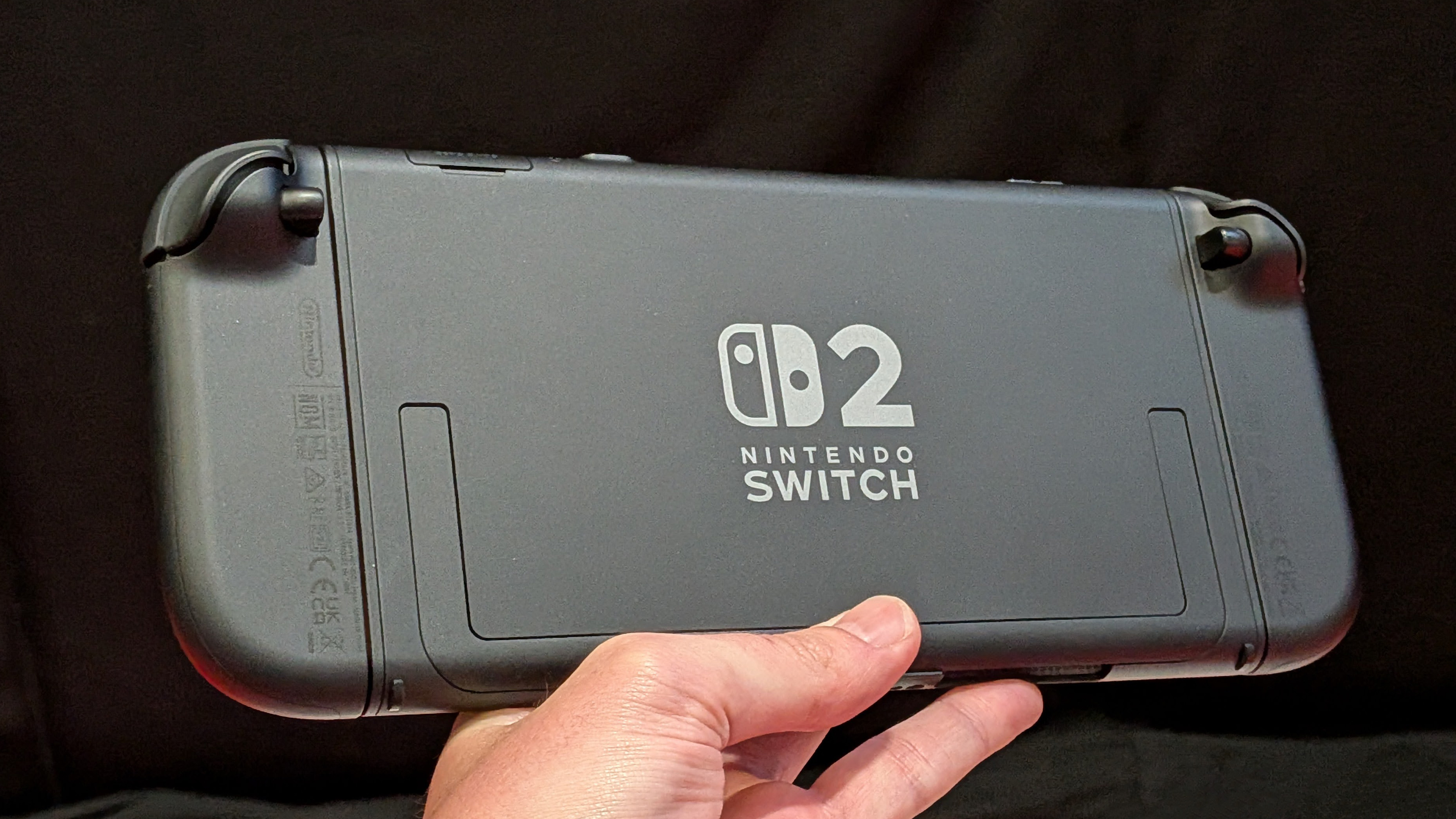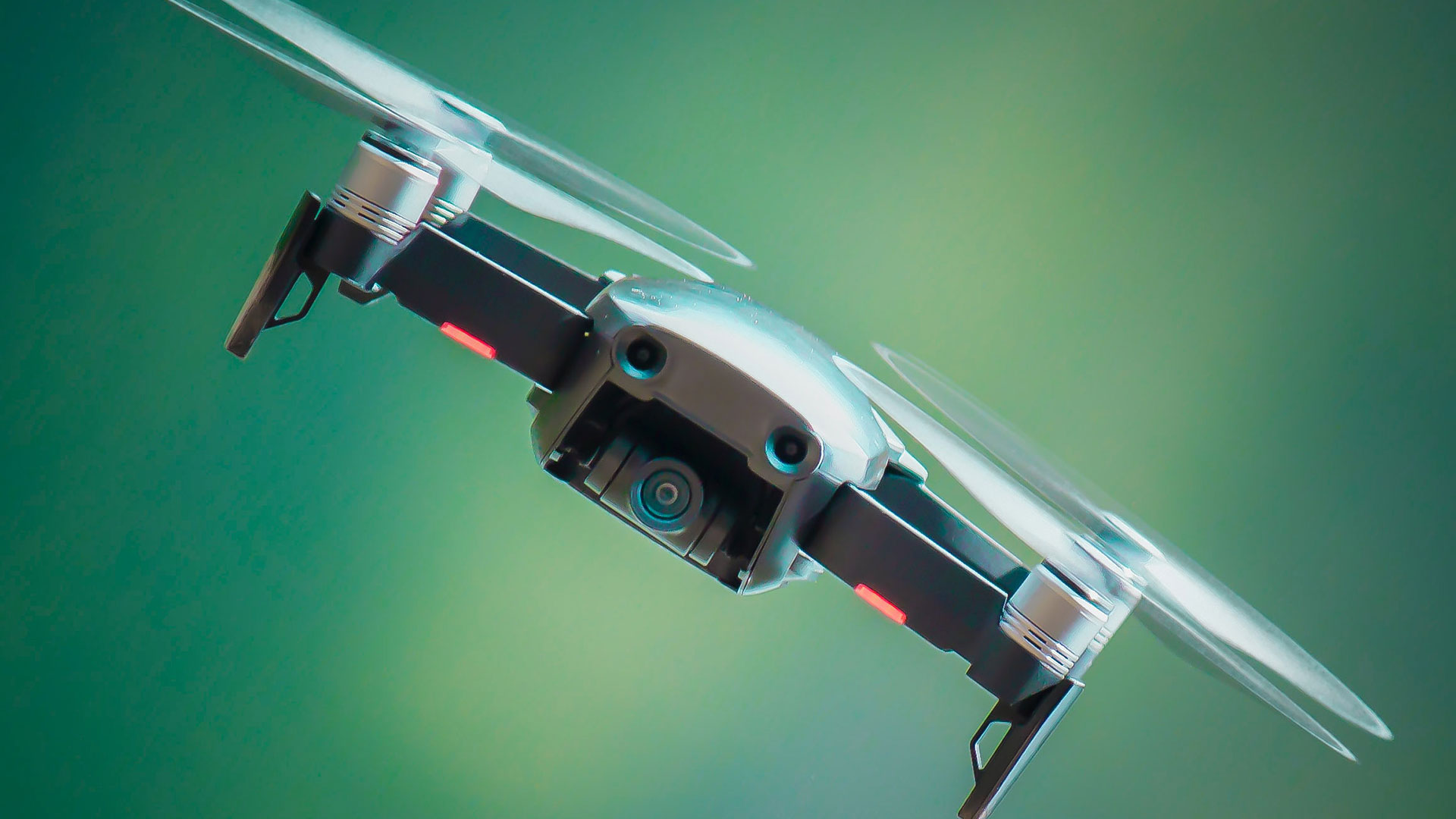

Drones are fussy creatures. Even today's best drones don’t like rain at all, they’re not great in the cold and they’re not too keen on high winds. (In fact, one of the drones we were reviewing for our cheap drone guide blew away completely during our tests). When you factor everything in, the window of opportunity for flying them can sometimes seem quite small. However, with a little knowledge, you don’t have to wait for absolutely perfect conditions to pop your drone up and get the footage or photos that you want. But how do you fly a drone in windy conditions? Here’s what you need to know:
How windy is too windy?
If you search through a drone’s specification list, eventually you should find a record of its wind resistance, or the maximum wind speed at which it can fly safely. The DJI Mini 3 Pro, for instance, has a maximum wind resistance of 10m/s (22.3mph) while the bigger and more powerful DJI Mavic 3 is rated at up to 12/s (26.8mph). That’s actually pretty breezy, but it’s important to remember that wind isn’t a constant force, it tends to come in gusts and it’s those that are the real issue.
Get the forecast
So how do you know what the wind speed is? Well, the weather forecast is a great starting point as that will give an indication of the likely windspeed in your area.
Another approach is to use an anemometer, which can be picked up for less than £20/$20. You just turn it on and hold it in the air towards the wind and take a reading. Ideally, measure for a minute or so and record the maximum windspeed so that gusts are factored in.
An anemometer enables you to get an accurate reading for your precise location, but of course, that’s only at ground level and it’s likely to be windier at the 400ft maximum flying height. Fortunately, there’s a smartphone app and website called UAV Forecast (https://www.uavforecast.com/) that can tell you the windspeed at different heights throughout the day.
In practice, it’s advisable to use a combination of these methods to ensure that your drone is safe.
Keep your distance
Take off and landing are the biggest danger times for flying a drone in high wind because the propellers aren’t turning at full-power. With this in mind, stay a bit further away from the drone than you might do normally during take-off and landing, and make sure that there’s plenty of room around it in case it gets badly buffeted.
Sign up to the T3 newsletter for smarter living straight to your inbox
Get all the latest news, reviews, deals and buying guides on gorgeous tech, home and active products from the T3 experts
If you can, take-off and land when there’s a lull in the wind.
Also, keep in mind that because of the extra effort required to fly in wind, the batteries are likely to drain quicker than normal so your flight times will be shorter.
Don’t take cover!
The natural inclination in windy weather is to shelter behind something, but that’s not advisable with a drone. Trees, buildings and tall objects create currents and eddies which make the wind unpredictable. So if it’s windy, it’s better to stick to flying in open areas where the wind is slower and fly low if you can because the wind is likely to be weaker.
Angela has been Amateur Photographer magazine’s Technical Editor and Head of Testing for Future’s photography portfolio. She’s a widely respected editor, writer and reviewer as well as a CAA-qualified drone pilot.
-
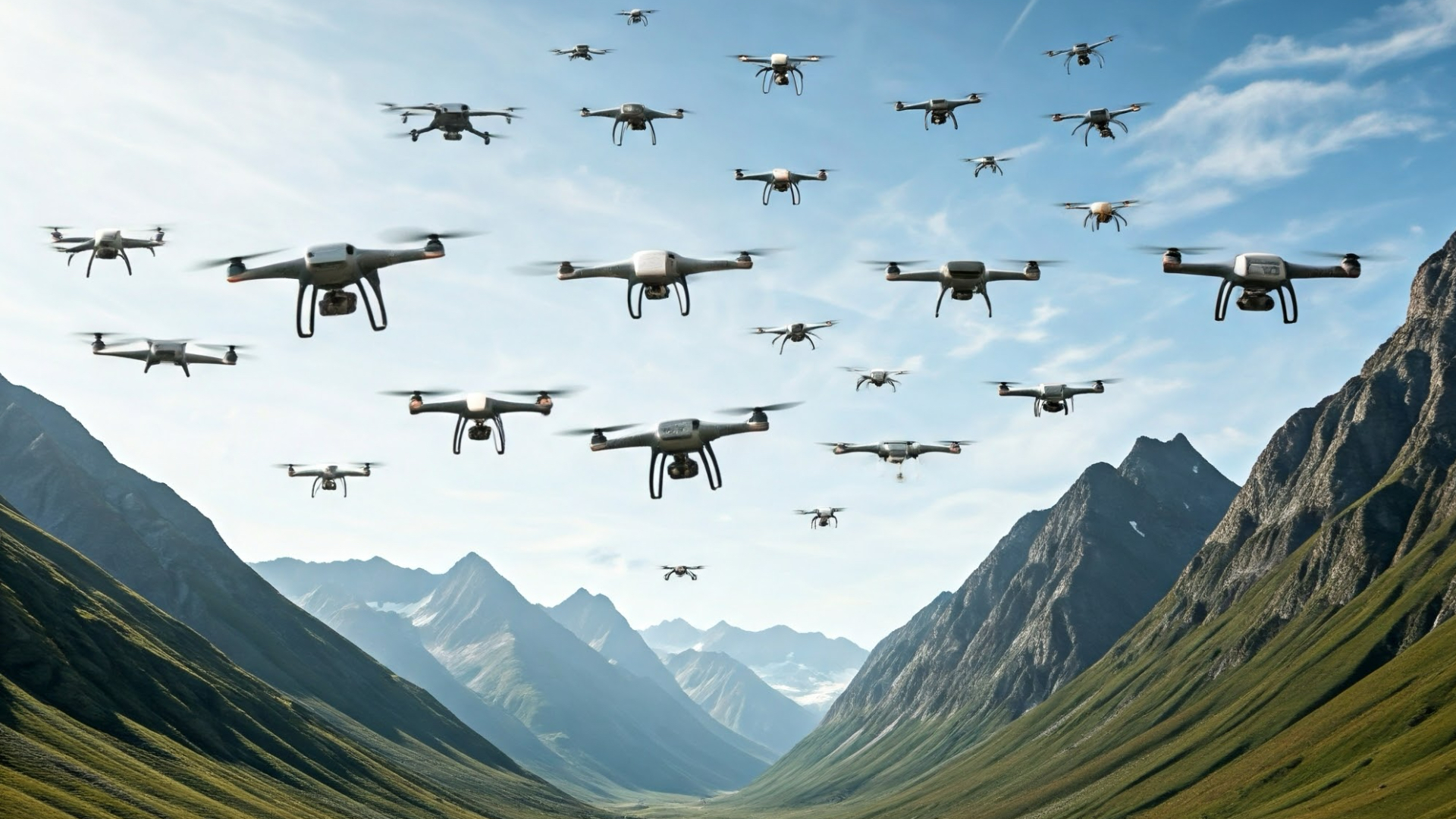 5 drone innovations I’d like to see in 2025 and beyond
5 drone innovations I’d like to see in 2025 and beyondLet's have more colour, longer flight times, modular cameras, drones that float and swarm technology
By Derek Adams
-
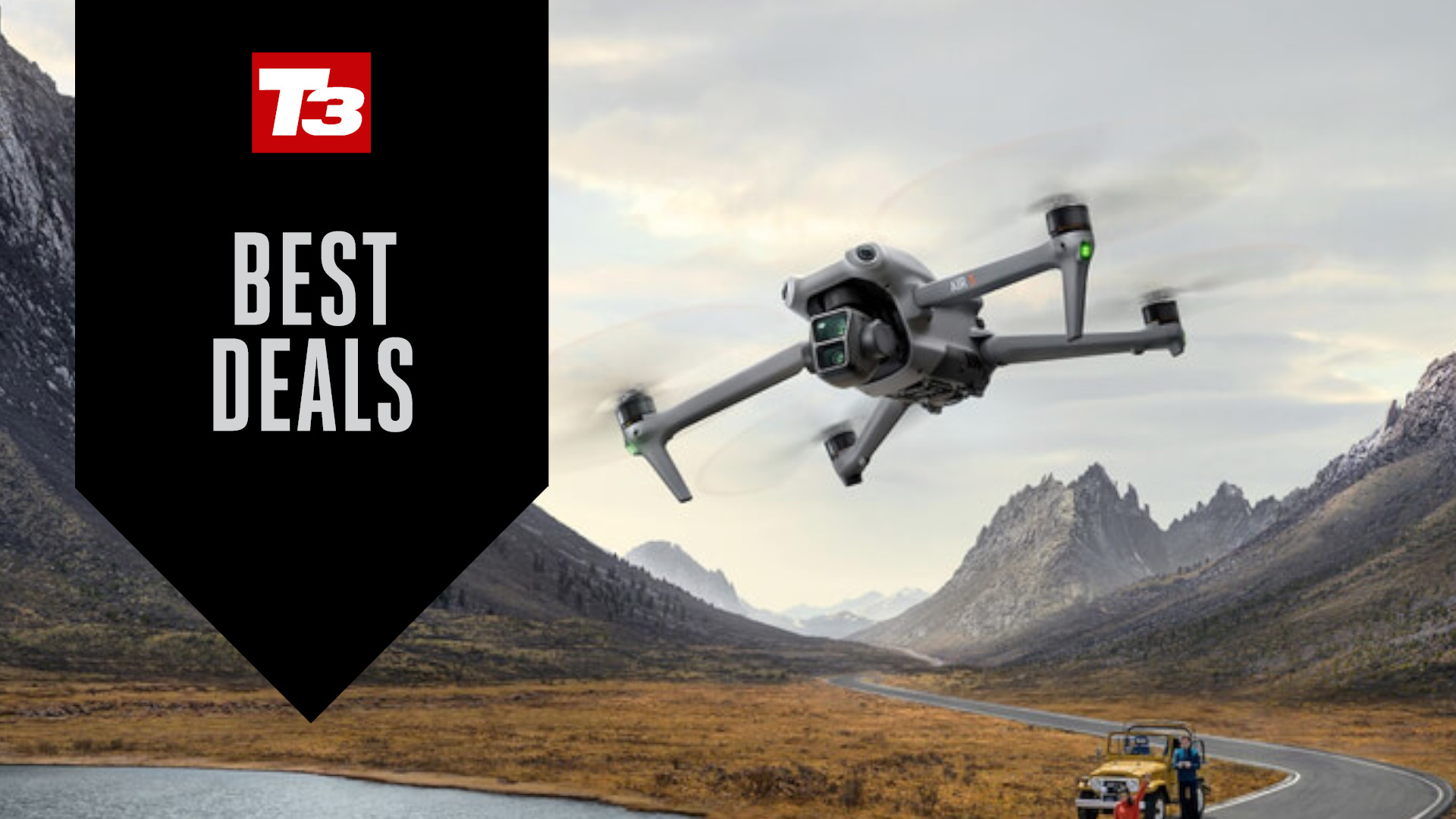 Hurry! DJI’s festive sale has up to 36% off drones, action cameras and more
Hurry! DJI’s festive sale has up to 36% off drones, action cameras and moreChristmas has come early people!
By Bryony Firth-Bernard
-
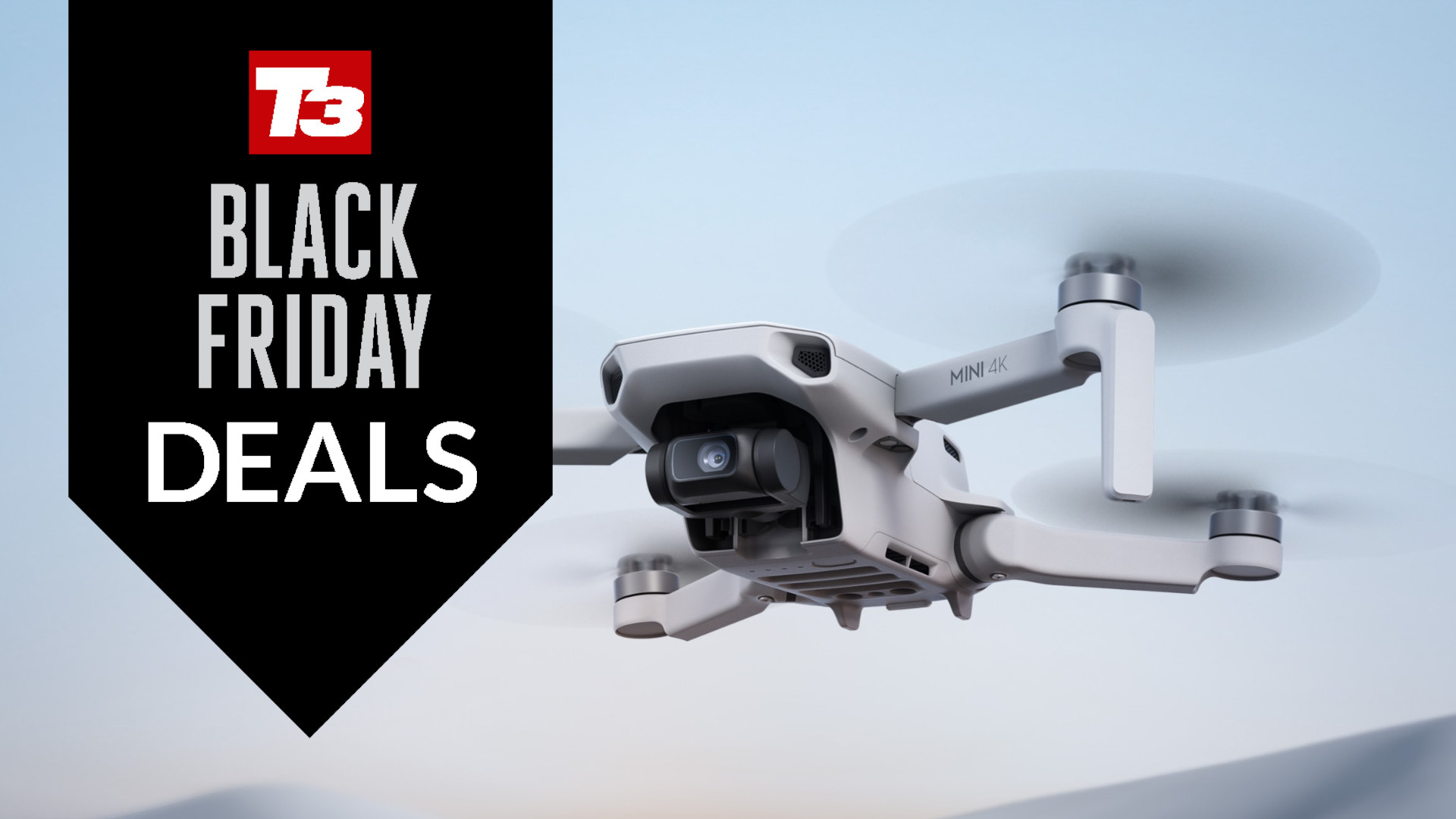 DJI’s best drone for beginner pilots suddenly drops to its lowest-ever price
DJI’s best drone for beginner pilots suddenly drops to its lowest-ever priceThe Mini 4K is less than $250 — don't let this amazing deal slip away!
By Bryony Firth-Bernard
-
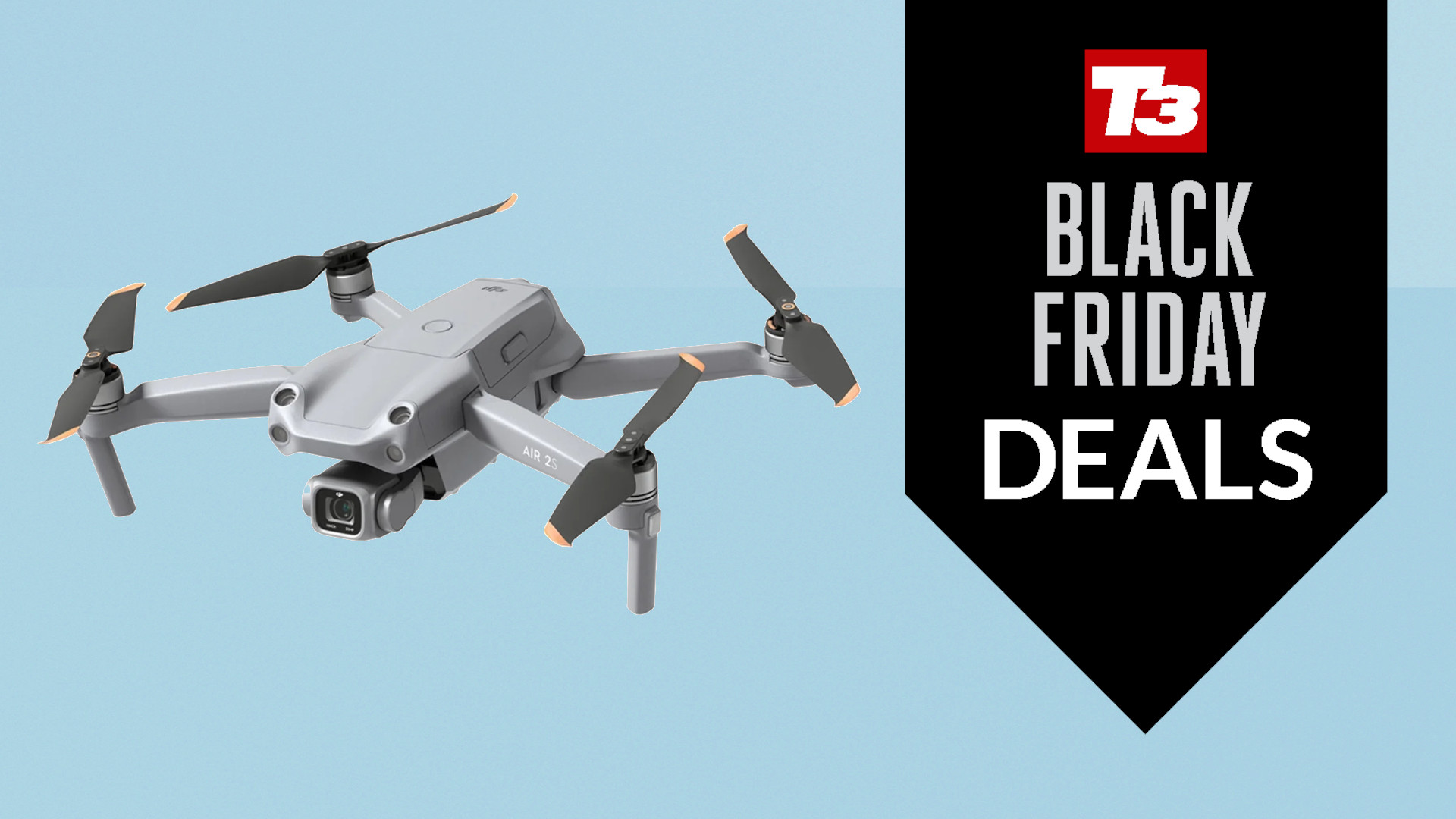 Quick! This 5-star DJI drone has $200 knocked off in Walmart’s Black Friday sale
Quick! This 5-star DJI drone has $200 knocked off in Walmart’s Black Friday saleThe AIR 2S Aerial is the ultimate camera drone
By Bryony Firth-Bernard
-
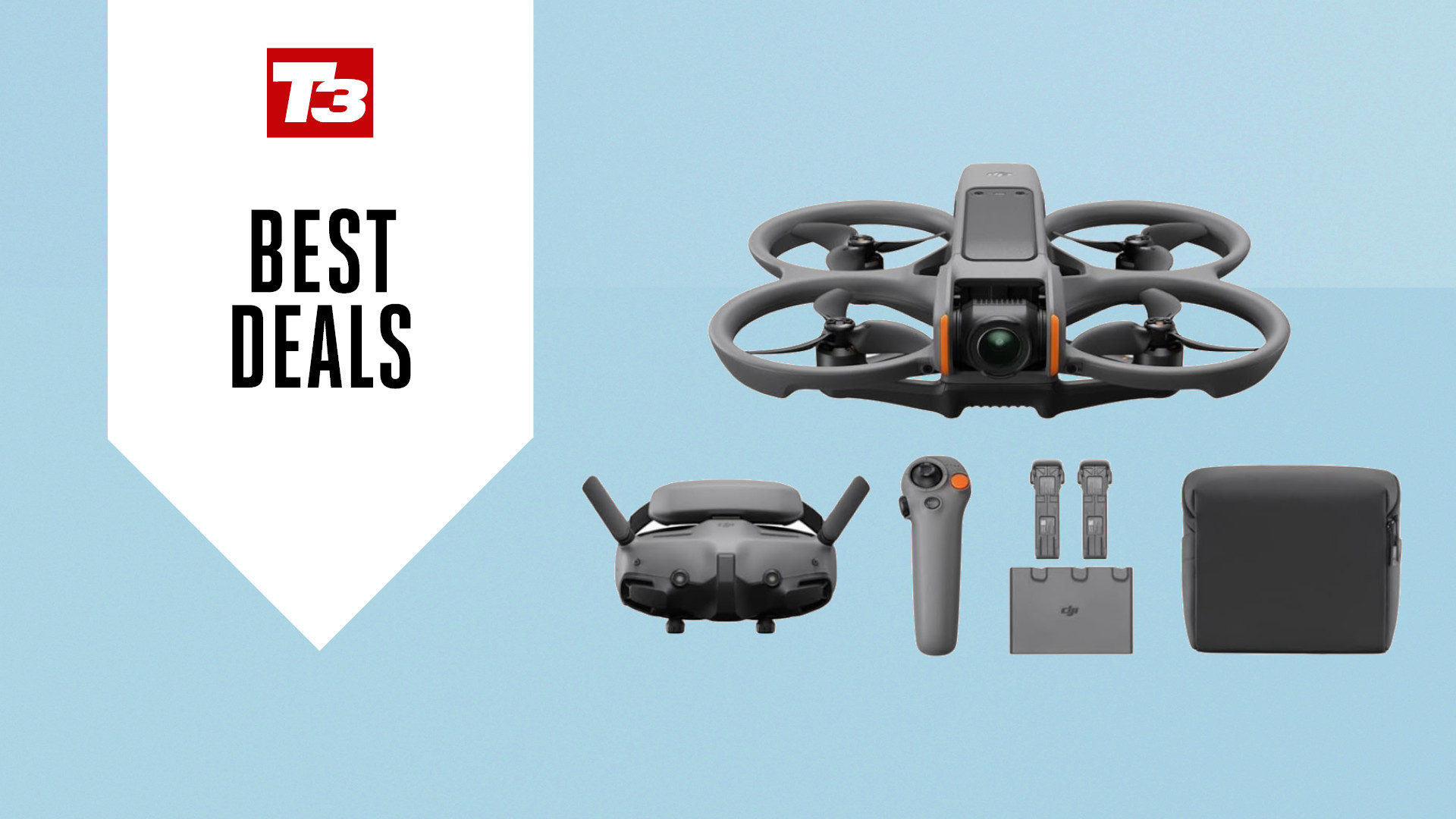 This DJI drone bundle has a (very) pretty pricetag in early Prime Day deal
This DJI drone bundle has a (very) pretty pricetag in early Prime Day dealIt's the cheapest it's ever been!
By Bryony Firth-Bernard
-
 Apple Watch Series 10: everything you need to know about Apple’s sleekest, brightest, and most feature-packed wearable yet
Apple Watch Series 10: everything you need to know about Apple’s sleekest, brightest, and most feature-packed wearable yetThe new wearable has a larger display than the Ultra
By Matt Kollat
-
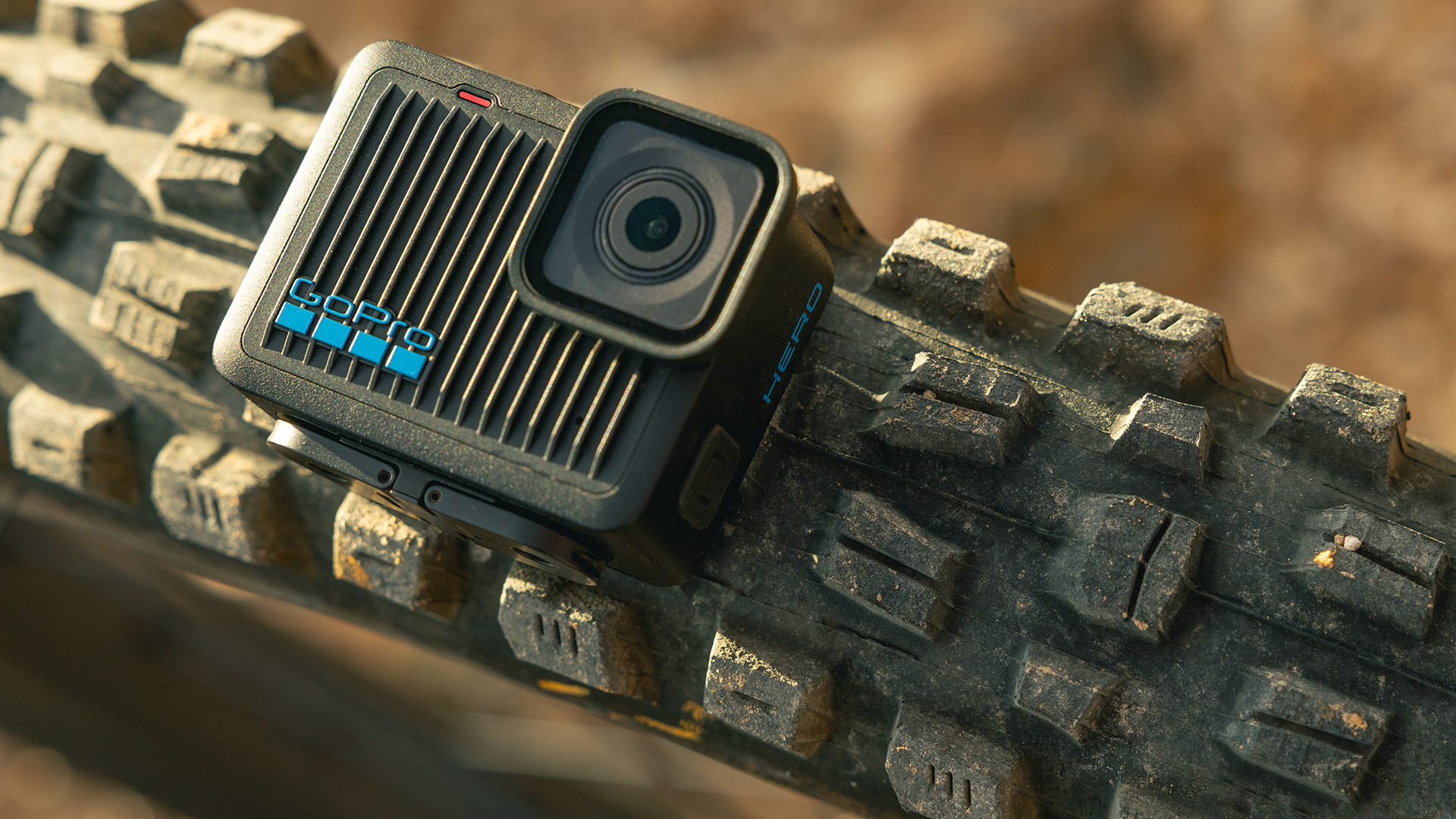 GoPro launches affordable Hero action camera with 4K resolution, 100-minute runtime and HyperSmooth stabilisation
GoPro launches affordable Hero action camera with 4K resolution, 100-minute runtime and HyperSmooth stabilisationThe Hero is the perfect companion to help you live out loud
By Matt Kollat
-
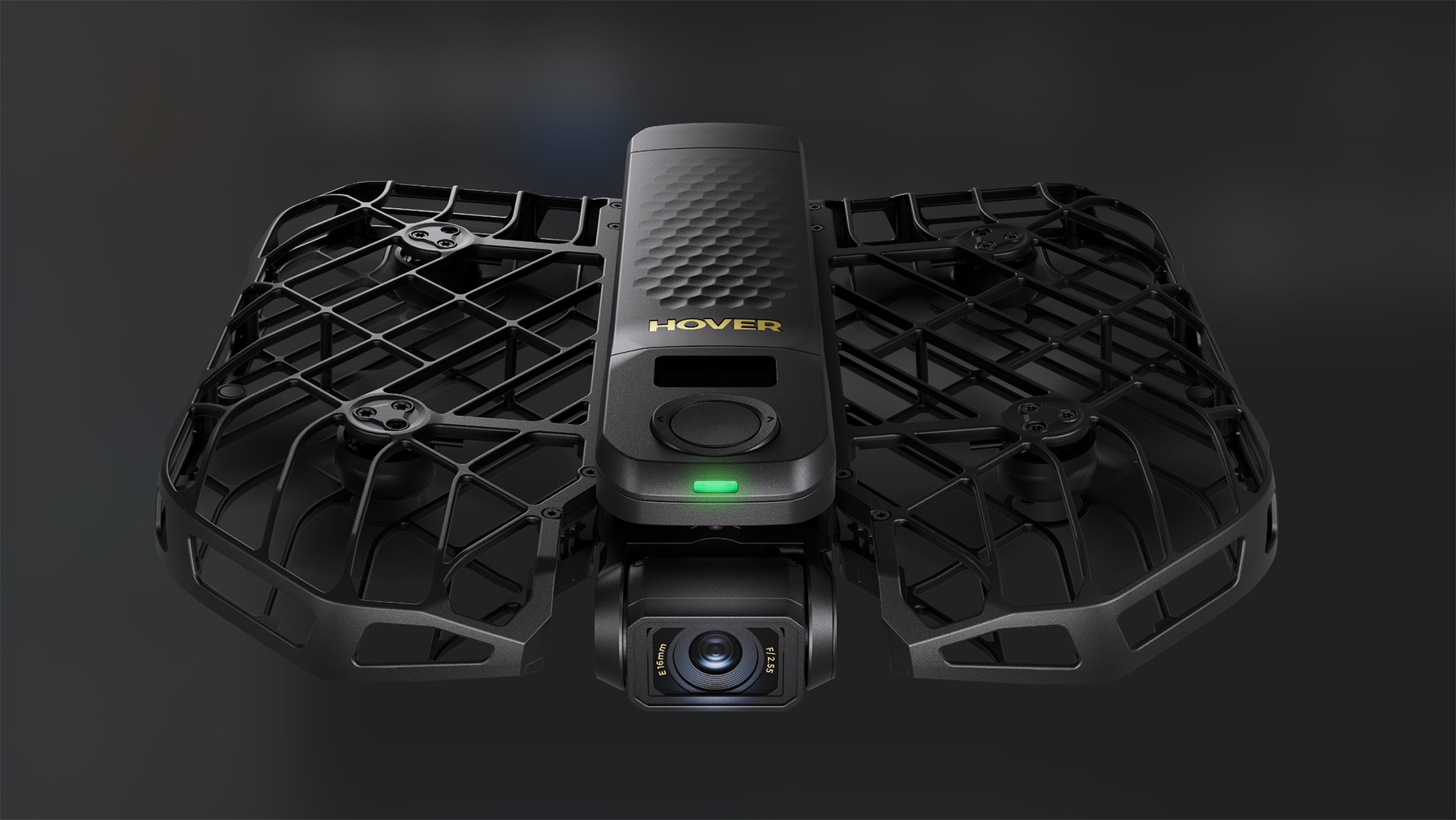 Aerial hotshots: HoverAir’s X1 PRO and PROMAX drones can lift your filmmaking to new altitudes
Aerial hotshots: HoverAir’s X1 PRO and PROMAX drones can lift your filmmaking to new altitudesIntroducing the world's first 8k@30fps drone
By Matt Kollat

